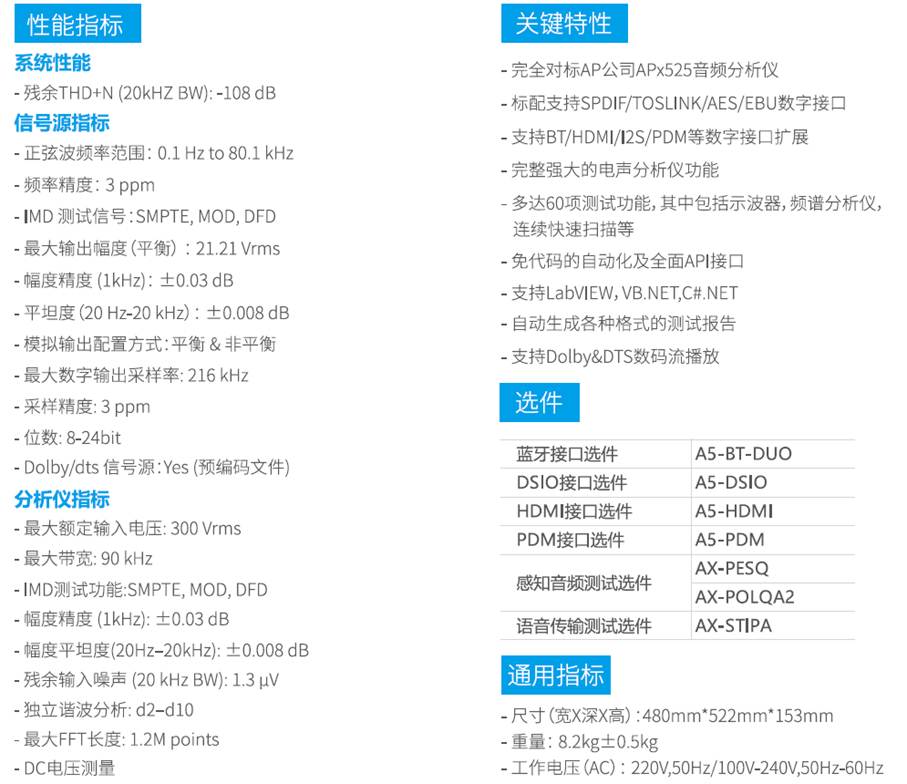1. Introduction
As automobiles adopt new infotainment technologies and advanced driver assistance systems (cameras, microwave radar, LiDAR, etc.), and utilize various sensors to measure different data (stability, speed, acceleration, etc.), the number of electronic systems inside vehicles has increased, and complexity has reached new heights. This poses huge challenges to communication buses.
Various buses used in many different subsystems include very complex (and expensive) cables. For automotive applications, size and weight are new challenges, as meeting new environmental regulations means developing new systems that can, for example, reduce CO₂ emissions. In this context, it is not easy to meet the requirements of a high-bandwidth, low-latency, deterministic, durable, and cost-effective communication bus.。
The cables of automotive audio systems account for a large proportion of the total cable weight because analog lines require expensive shielded cables from the audio source to the terminal (speakers). In addition, Active Noise Cancellation (ANC) and Road Noise Cancellation (RNC) systems require installing multiple microphones in the vehicle, adding many input nodes to the audio network.
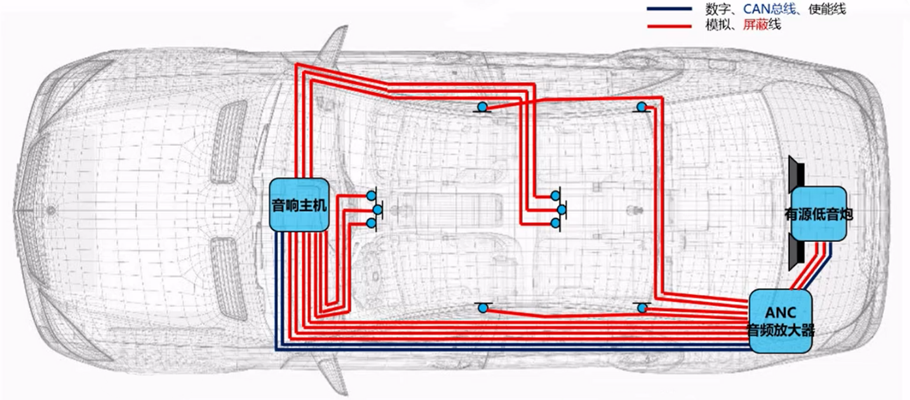
Figure 1: Actual Wiring in a Traditional Automotive Audio System
The pressures faced by traditional automotive audio system wiring are evident:
● Surge in the number of microphones and speakers
● Noise reduction (ANC and RNC)
● Weight reduction to increase MPG (Miles Per Gallon)
● Cost control
● Reducing complexity -- improving reliability
To address these issues, ADI (Analog Devices, Inc.) introduced the A²B (Automotive Audio Bus).
2. Overview
The A²B (Automotive Audio Bus) is an in-vehicle audio transmission bus protocol introduced by ADI (Analog Devices, Inc.), a globally recognized leader in data conversion and signal processing technology.
A²B supports a daisy-chain topology, where a single master can connect to up to 10 slaves in series. Optimized for audio applications, A²B operates at 50 Mbps. By utilizing Unshielded Twisted Pair (UTP) cabling, it significantly simplifies connections, reducing total harness weight by up to 75%. The distance between nodes can be up to 15 meters, with a maximum network length of 40 meters. It also supports power delivery over the UTP cable, making it highly suitable for digital microphones.
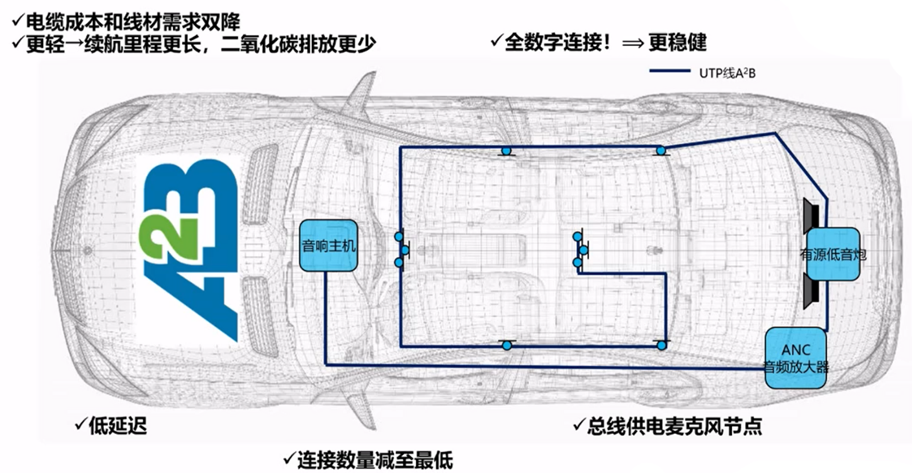
Figure 2: A²B Audio Wiring
Due to its numerous advantages – reducing cable cost and weight, supporting bus power (for microphones, speakers, and sensors), low latency (<50μs) and high determinism (ideal for ANC), 50 Mbps bidirectional data transmission – A²B has become the preferred choice for many automakers in new vehicle audio architectures. Currently, over 90% of automakers use A²B in the development of new vehicle architectures.
Testing of automotive audio devices has also evolved with the adoption of the A²B bus. Beijing Doewe Technologies Co., Ltd. has introduced a targeted solution for testing automotive audio components using the A²B protocol.
3. Test Solution
3.1 A²B Microphone Test Solution
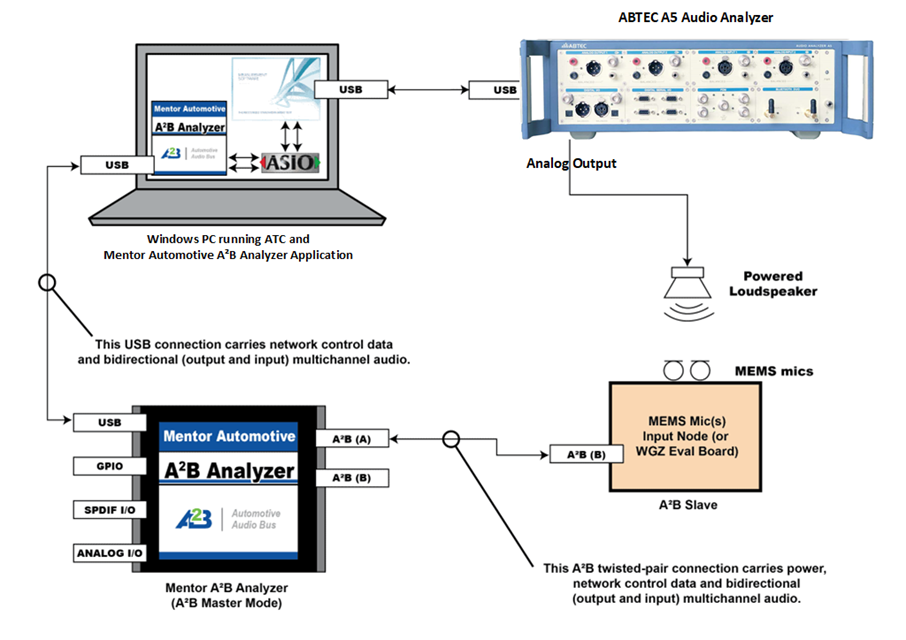
Figure 3: A²B Microphone Test Connection Diagram
Description: The A²B microphone test system primarily includes: an Audio Analyzer, an A²B Analyzer, an artificial mouth (calibrated sound source), a control PC, and the Device Under Test (DUT) microphone.
The Audio Analyzer outputs the test audio signal to the calibrated artificial mouth. The DUT microphone captures the test audio emitted by the artificial mouth and transmits it via an A²B cable to the A²B Analyzer. The control PC runs both the A²B analysis software and the audio analysis software, which communicate via ASIO. The control PC connects to the A²B Analyzer and the Audio Analyzer via two USB cables. It receives the audio signal from the A²B Analyzer for analysis and processing.
3.2 A²B Speaker Test Solution
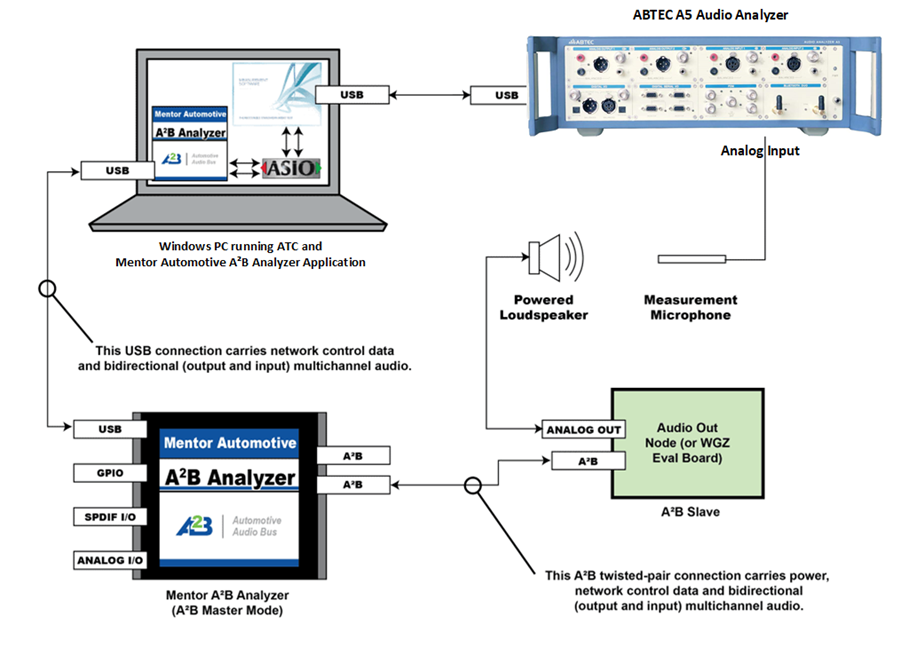
Figure 4: A²B Speaker Test Connection Diagram
Description: The A²B speaker test system primarily includes: an Audio Analyzer, an A²B Analyzer, a test microphone, a control PC, and the Device Under Test (DUT) speaker (including the audio output node).
The control PC runs both the A²B analysis software and the audio analysis software, which communicate via ASIO. The control PC connects to the A²B Analyzer and the Audio Analyzer via two USB cables. The control PC sends the test audio signal to the A²B Analyzer. The A²B Analyzer transmits the test audio signal via an A²B cable to the in-vehicle audio output node. The node sends the test audio signal through its analog output interface to the DUT automotive speaker. Finally, the test microphone captures the audio signal and sends it to the Audio Analyzer for audio analysis and processing.
4. Introduction to Core Test Equipment

The A5 Audio Analyzer, marketed by Beijing Doewe Technologies Co., Ltd., is a professional audio analyzer integrating high performance, multiple interface types, and diverse testing functions. Supporting a range of test plug-in expansions and various digital audio interfaces (BT/I²S/HDMI/PDM, etc.), it is the preferred test equipment for the R&D stage of consumer audio and automotive electronics products.
